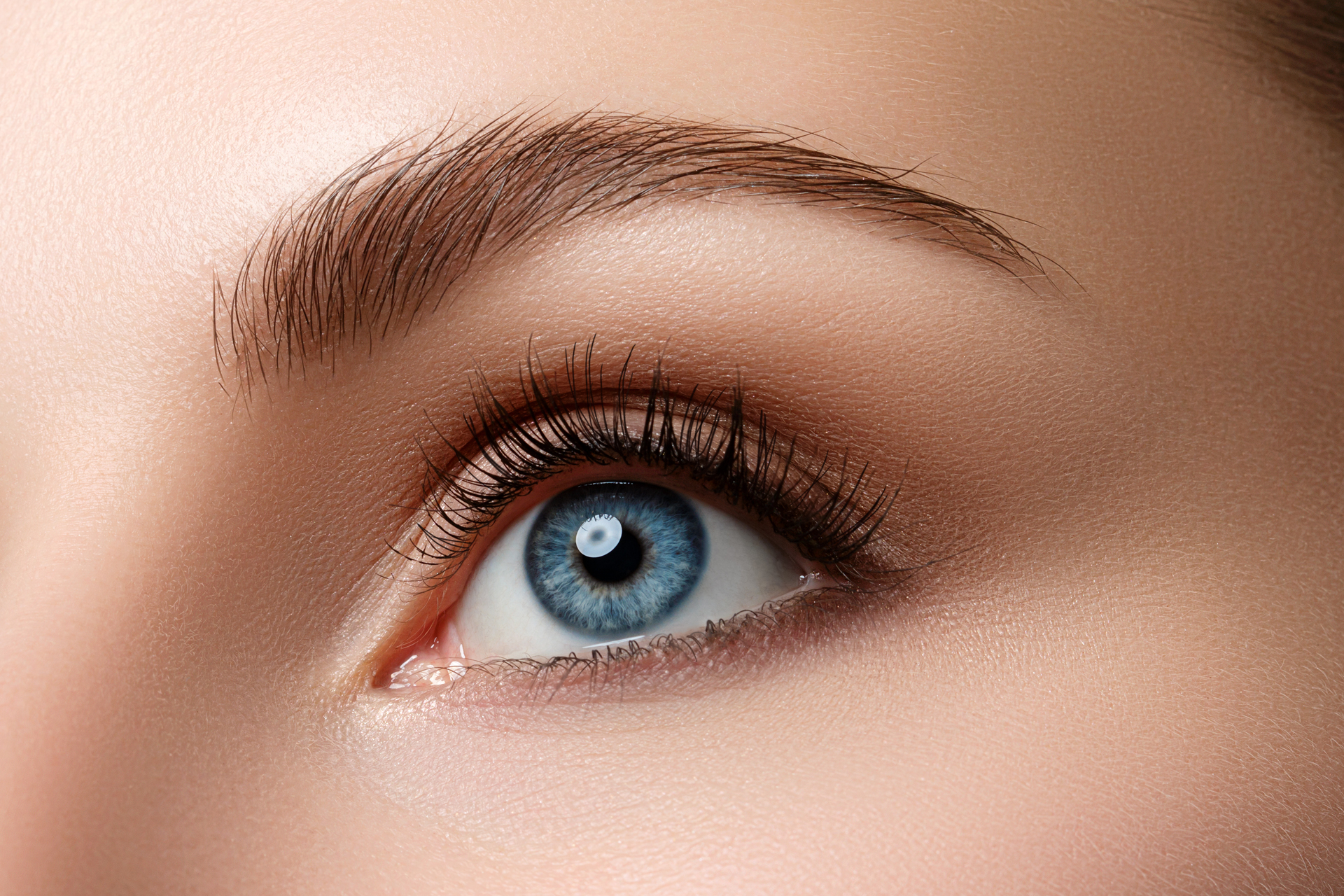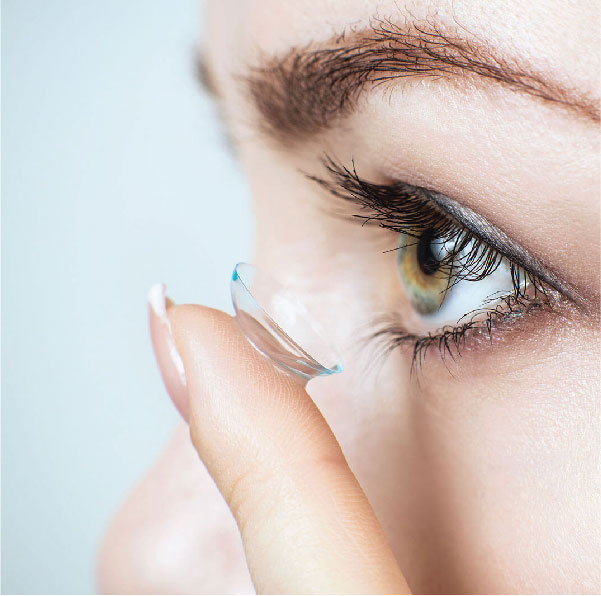Contact lenses for eyesight have a lengthy and fascinating history. The earliest documented usage of contact lenses for eyesight dates back to the early 1800s when a German scientist called Georg Joseph Kölliker created the first pair of glass contact lenses. However, these early lenses were not particularly practical and not frequently utilized, having next to no contact lens benefits that we associate contact lenses with in today's time.
Another German scientist, Adolf Fick, created the first effective contact lens in the late 1800s. These contact lenses for eyesight were constructed of a thin coating of glass or quartz that was suction-fitted over the eye. These lenses offered better contact lens benefits than Kölliker's and were only utilized by a select group of people.
Contact Lenses for Eyesight
Contact lenses for eyesight are made using a variety of materials, including soft plastics and silicone hydrogels. The specific manufacturing process can vary depending on the type of contact lenses for eyesight being made, but generally, the process involves the following steps:
- A mold of the desired lens shape is created using a computer-aided design (CAD) program.
- The mold is used to create a "blank" lens, which is a rough, unfinished lens made from the chosen material.
- The blank lens is placed into a lathe, which is a machine that shapes the lens by grinding and polishing it to the desired curvature and thickness.
- Once the lens has been shaped, it is coated with a thin layer of wetting agent to help it retain moisture.
- The lens is then cut and edged to fit the wearer's eye and the edges are polished to ensure a smooth finish.
- Finally, the lens is disinfected and packaged for distribution.
Contact lenses for eyesight are typically made in a clean, sterile environment to reduce the risk of contamination.
- Improved vision: Contact lenses are worn directly on the eye, so they provide a wider field of vision and don't obstruct your view with frames, it is one of the best contact lens benefits.
- Greater comfort: Contact lenses are generally more comfortable to wear than eyeglasses, especially during physical activity.
- Enhanced appearance: Contact lenses are invisible when worn, so they don't affect your appearance the way eyeglasses can.
- More convenience: Contact lenses are easier to care for and don't fog up or get wet like eyeglasses.
- Greater versatility: Contact lenses can be worn while playing sports, swimming, and participating in other activities that might be difficult with eyeglasses.
- Correction of more visual impairments: Contact lenses can be used to correct a wider range of vision problems than eyeglasses, including astigmatism and presbyopia.
- No frame-related issues: Contact lenses do not have frames, so you do not have to worry about finding a pair that fits well or complements your face shape.
There are many contact lens benefits, including:


